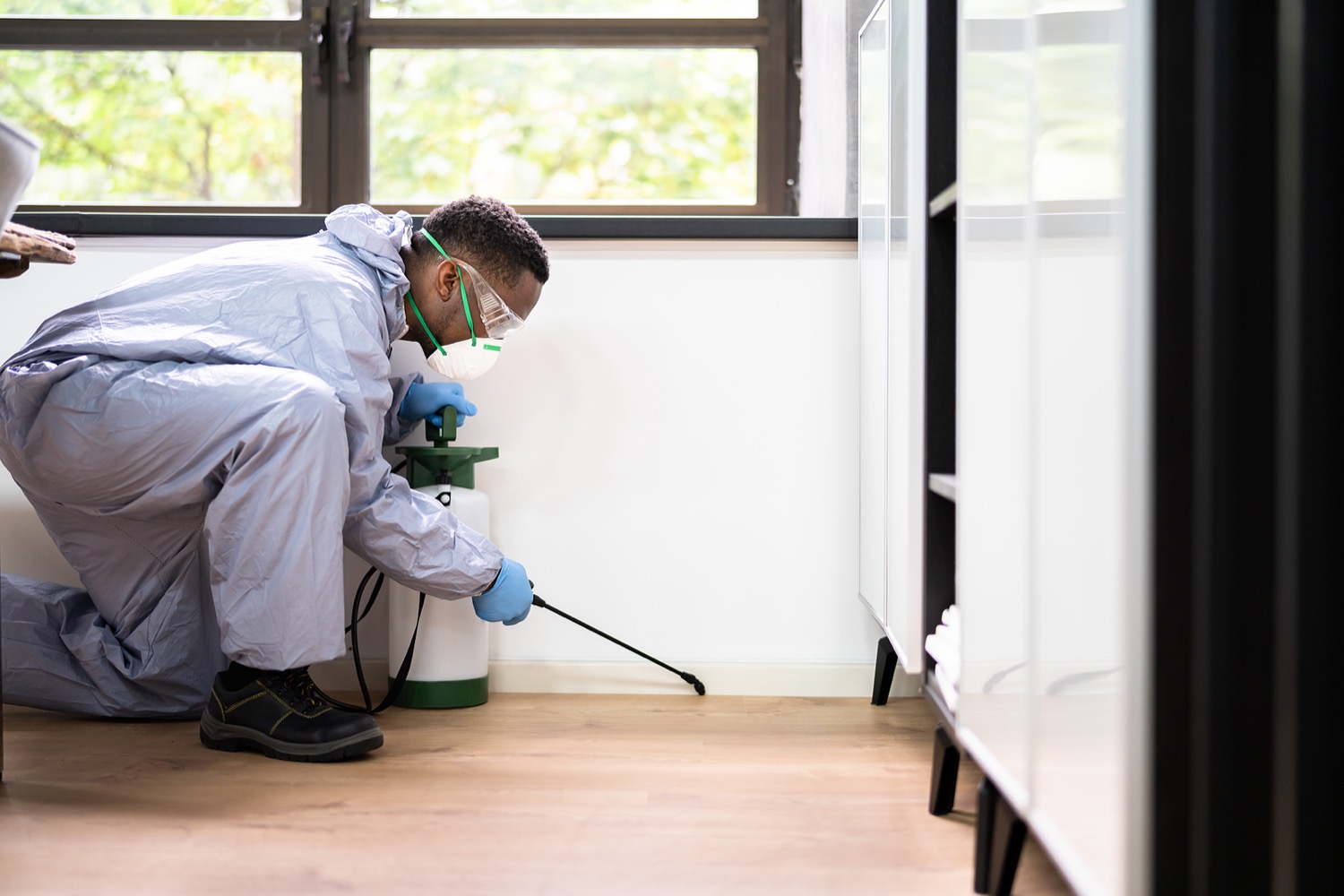Specialist A1 Charlotte Bed Bug Exterminator - Top Quality Solution Ensured
Bed Insect Therapy Malfunction: Contrasting Chemical Vs. Non-Chemical Solutions
In the world of parasite control, especially when managing the relentless problem of bed insects, the choice between chemical and non-chemical therapy options can be a pivotal one. Both techniques use unique advantages and disadvantages, influencing variables such as performance, security factors to consider, and total expense. By checking out the nuanced information of each method, a more clear understanding of which path to go after in dealing with a bed insect infestation can be obtained.
Efficiency of Chemical Treatments
Chemical treatments for bed insect infestations have actually been widely acknowledged for their potent and rapid efficiency in eliminating these parasites. When considering the effectiveness of chemical treatments, it is vital to recognize that they can offer a detailed and fast option to a bed insect problem.
Moreover, chemical therapies have the benefit of providing recurring effects, implying that they can proceed to remove bed bugs even after the first application. This recurring activity is specifically useful in combating any type of possible re-infestations. In addition, the fast action of chemical therapies can bring alleviation to individuals encountering serious bed pest infestations, allowing them to regain control of their living areas quickly.
Safety And Security Interest In Chemical Solutions
When utilizing chemical options for bed insect treatment is ensuring the safety of occupants and the atmosphere,One vital aspect that calls for careful factor to consider. While chemical treatments can be effective in removing bed bugs, they may present threats otherwise taken care of properly. Among the main safety interest in chemical solutions is the potential injury they can trigger to human health. Direct exposure to specific chemicals used in bed bug therapies can lead to respiratory problems, skin inflammation, or various other damaging reactions, especially in individuals with pre-existing conditions or level of sensitivities. Additionally, incorrect application or dose of chemical pesticides can lead to harmful residues sticking around in the cured location, positioning long-term health threats to owners.
Furthermore, the environmental impact of chemical remedies is another significant factor to consider. Some chemicals utilized in bed pest therapies might be dangerous to useful bugs, wildlife, and communities if they seep right into the dirt or water systems. It is crucial to make use of chemical treatments carefully, adhering to safety guidelines, and considering less poisonous alternatives to minimize these dangers and ensure the safe and efficient monitoring of bed insect invasions.
Benefits of Non-Chemical Approaches
Thinking about the potential safety and security concerns and ecological effect linked with chemical solutions for bed bug therapy, checking out non-chemical approaches provides an encouraging alternative with several unique advantages. Non-chemical techniques offer a safer alternative for houses, specifically those with children, people, or pet dogs delicate to severe chemicals. These techniques eliminate the dangers of direct exposure to poisonous substances, lowering the potential for negative health effects. Furthermore, non-chemical therapies are environmentally friendly, as they do not add to air or water air pollution, making them a sustainable option for pest control.
In addition, non-chemical services can be efficient in targeting bed insects, including hard-to-reach locations where chemical therapies might not permeate. Techniques such as heat treatment, vacuuming, steam cleansing, and bed mattress encasements offer extensive eradication without the use of harmful chemicals. Additionally, non-chemical strategies can be less turbulent, needing minimal prep work and permitting quicker reentry into dealt with locations. On the whole, opting for non-chemical bed insect therapy approaches not just prioritizes safety and security and environmental management yet additionally guarantees effective and extensive bug control.
Limitations of Non-Chemical Treatments

In addition, non-chemical therapies usually need numerous applications to achieve successful removal. This can be time-consuming and might not always guarantee complete elimination of all bed insects and their eggs, especially in concealed or hard-to-reach locations.
In addition, the success of non-chemical treatments heavily depends on correct execution and thoroughness, which can be challenging for individuals flying ant control without expert competence. Poor application of non-chemical methods might cause insufficient removal, leading to persistent infestations and the requirement for added therapies.
For that reason, while non-chemical treatments have their benefits, it is necessary to recognize these limitations and consider them when determining one of the most efficient approach for taking care of bed bug problems.
Cost Comparison: Chemical Vs. Non-Chemical Options
Given the limitations connected with non-chemical treatments, an essential element to evaluate in the context of bed pest administration is the expense contrast between chemical and non-chemical alternatives. In contrast, non-chemical treatments like warmth therapy or vapor can be much more costly, with costs varying from $1,000 to $6,000 for an entire home. While the initial expense of chemical therapies might appear lower, multiple treatments might be called for to completely remove the infestation, potentially raising the overall cost.
Verdict

Considering the potential safety and security concerns and environmental impact associated with chemical solutions for bed pest treatment, discovering non-chemical strategies presents a promising option with numerous distinctive benefits.Provided the limitations associated with non-chemical treatments, a vital facet to review in the context of bed insect administration is the cost contrast between chemical and non-chemical alternatives. In comparison, non-chemical treatments like warm treatment or steam can be much more costly, with costs varying from $1,000 to $6,000 for a whole home. While the initial cost of chemical therapies may appear reduced, multiple treatments might be required to completely eliminate the invasion, possibly boosting the total cost.In conclusion, when comparing chemical and non-chemical bed insect therapy alternatives, it is important to take into consideration efficiency, safety and security, benefits, limitations, and cost.